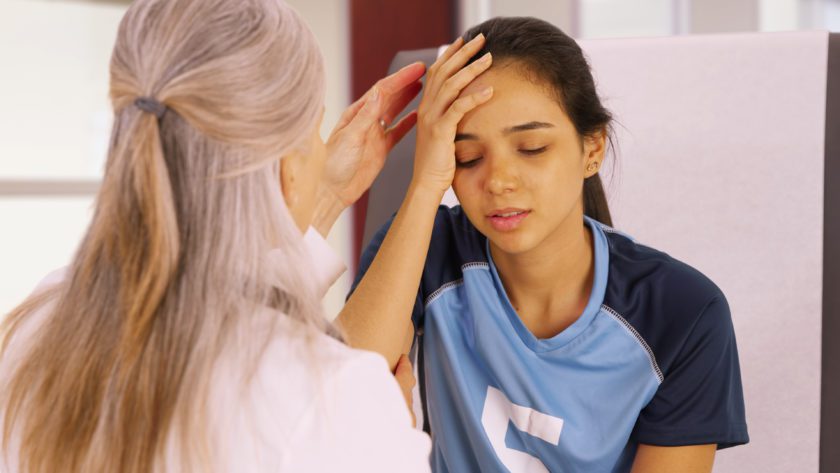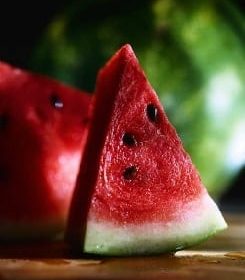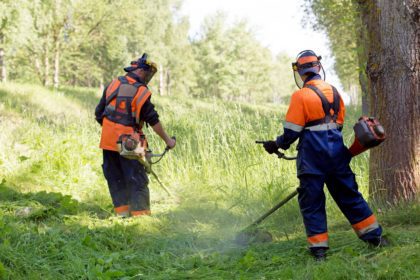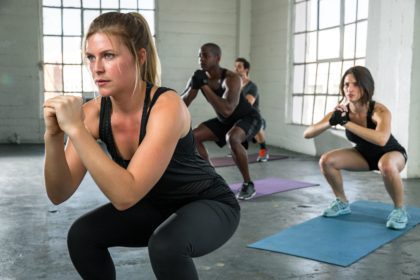You successfully shoo your children away from the computer, TV, and video games and they’re finally on their way to flex some muscles.
Whether they bike casually around the neighborhood, take the family dog for a run, or play organized ball, the activity will help to keep them healthy and will hopefully become a regular routine.
Sometimes good-for-you pastimes can hurt though, but if you stay on top of your game, they can stay fun.

Follow these tips to keep your kids on the move and off the sidelines:
Play With Someone Your Own Size
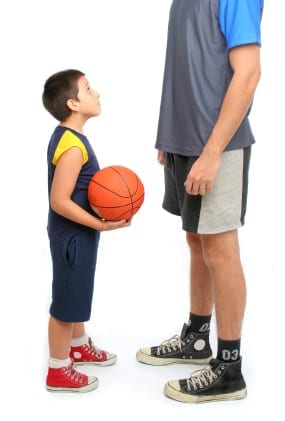
Remember to tell this to your children before they run off to play.
While they’re still growing and developing, coordination and reaction times are not yet up to speed with that of an older child or adult.
Kids mature physically at different rates and younger children (under 8 years old) are particularly susceptible to injury.
When your kids are knocking around with pals of varying ages and sizes (or even you), the potential for injury increases considerably.
Reduce Injury Risk
The amount of force involved directly affects the risk of getting hurt.
As they get taller and heavier, collisions produce more force which increases the potential for injury just as substantial differences in height and weight between players increase the susceptibility to sports injuries.
When it comes time to select sports leagues or teams, be sure your children are matched with kids with similar skill levels as well as physical and emotional development.
This will decrease the likelihood of injury and increase the fun factor.
Take Charge
It’s up to you to talk to them often about safety to do your part in keeping your children aware.
As you probably know, kids won’t usually take time out to ponder the risks before the fun.
Most often they don’t feel vulnerable or understand the consequences of what they’re doing until they end up with a bruised knee (and ego) or a broken bone.
Wear the Gear
Protective equipment can save your children some pain and it can save their lives. Insist that they wear the proper safety gear and that it fits properly and is properly maintained.
Be sure coaches require that protective equipment is worn at all times.

Helmets
Distances to the ground associated with falls, playing surfaces, playing equipment, and speed of movement intrinsic to the sport affect the forces to the body and consequently, the degree of or potential for injury.
Protective headgear has been mandated or recommended for the following sports to either prevent brain injury or reduce the severity of brain/head injuries:
- Auto & motor sports
- Baseball: According to Consumer Product Safety Commission (CPSC), an estimated 162,100 children ages 5-14 were treated in hospital emergency rooms with baseball-related injuries in 1995.
Baseball leads team sports in deaths to children, with three to four fatalities annually. The sport ranks third (after basketball and football) in annual injuries to children.
- Bicycling: Bike helmets must be labeled certifying that it meets the safety standards issued by the CPSC or meets one or more of the voluntary bicycle helmet standards, such as ASTM or Snell.
Get some great info from REI on Buying and Fitting a Bicycle Helmet. The Bicycle Helmet Safety Institute provides extensive information for consumers.
- Boxing
- Equestrian sports
- Football
- Hockey
- Lacrosse
- Rollerblading
- Rugby
- Skateboarding
- Skiing
- Snowmobiling
- Women’s softball
- Wrestling
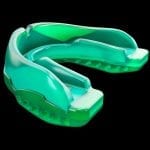
Mouthguards
Mouth protectors help prevent injury to the mouth, teeth, lips, gums, and tongue.
They also provide a cushion to blows to the face that cause dental and jaw fractures as well as dissipate impact that sends shock to the skull.
According to the American Dental Association, more than two million teeth are knocked out each year. Mouth guards are recommended for the following sports that involve contact/non-contact and collision:
- Acrobatics
- Basketball
- Boxing
- Discus throwing
- Field hockey
- Football
- Gymnastics
- Handball
- Ice hockey
- Lacrosse
- Martial arts
- Racquetball
- Rugby
- Shot putting
- Skate boarding
- Skiing
- Skydiving
- Soccer
- Squash
- Surfing
- Volleyball
- Water polo
- Weight lifting
- Wrestling
Other Equipment
Make sure all safety equipment is properly certified. Refer to the National Governing Body for each sport to find out what safety equipment they require, recommend and have approved.
For example:
- Protective padding for in-line/roller skating, skateboards, roller hockey
- Ankle braces for volleyball, basketball and tennis
- Hand grips and wrist supports for gymnastics
- Face masks for hockey. Masks must be clearly marked as being approved by the Hockey Equipment Certification Council (HECC).
- Faceguards for baseball. Baseball is the leading cause of sports-related eye injuries among children age 14 and under.
- Protective shatterproof eyewear for racquet sports, baseball, and basketball. For more on sports eye safety, go to Prevent Blindness America®.
- Shoes, mouthguards, athletic cups/supporters, padding for other sports (coaches may be good sources of information)
Who Sets the Standards?
Since 1969 the National Organizing Committee on Standards for Athletic Equipment (NOCSAE) has conducted research in reducing sports injuries.
Due to NOCSAE research, the mechanism and tolerance of head and neck injuries is better understood and greater knowledge has been gained to improve the design and structure of protective headgear and face masks.
The organization has developed test standards for football, baseball, lacrosse, hockey, polo, and soccer helmets, eye protectors, faceguards, and shin guards.
Other national organizations that have developed standards for safety equipment are:
Look Out Below
Playing surfaces (both hardtops and grass fields) should be level and properly maintained for safety.
Ruts and holes can cause twisted ankles and falls. If possible, avoid concrete surfaces for high-impact, high-velocity sports, such as basketball, volleyball, and running.
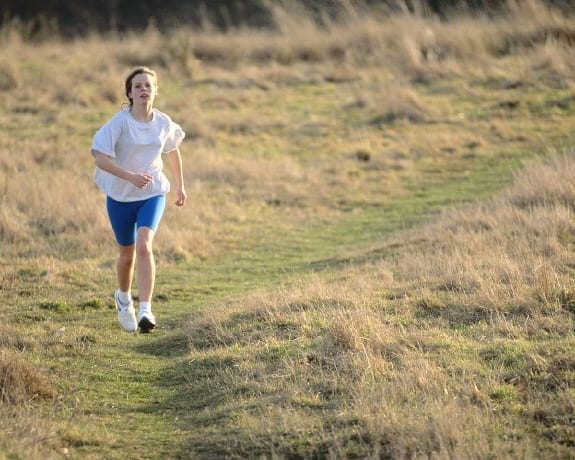
Gymnasiums with more forgiving, shock-absorbent flooring and tracks with resilient synthetic surfaces can lessen the risk or severity of an injury.
Scrutinize the Adult Supervision
Remember, children tend to forget about risks and it’s up to you to be sure they are properly supervised.
If your kids participate in an organized team sport or activity, check to see that the coach is a qualified adult.
Some Olympic sports, such as gymnastics, require coaches to pass a national safety certification exam and a background check. Minimally, a coach should be certified in basic first aid and CPR.
Define Winning Before Playing
The coach that is focused on competition and winning at all costs may encourage your children to play through an injury.
However, coaches who emphasize sportsmanship and skill development protect your children’s safety and cultivate their joy in participating.
This philosophy encourages empowerment, tenacity and discipline — a smart strategy and triumphant life lesson.
Be Prepared
Proper preparation is essential to a positive experience. Take the time to explain the game or activity to your children before sending them off to practices or the playground.
This will increase the likelihood that their experience is fun and injury-free.

Also, it’s up to you to be sure your children are rested and properly nourished and given what they need to be adequately hydrated during playtime, practices and games.
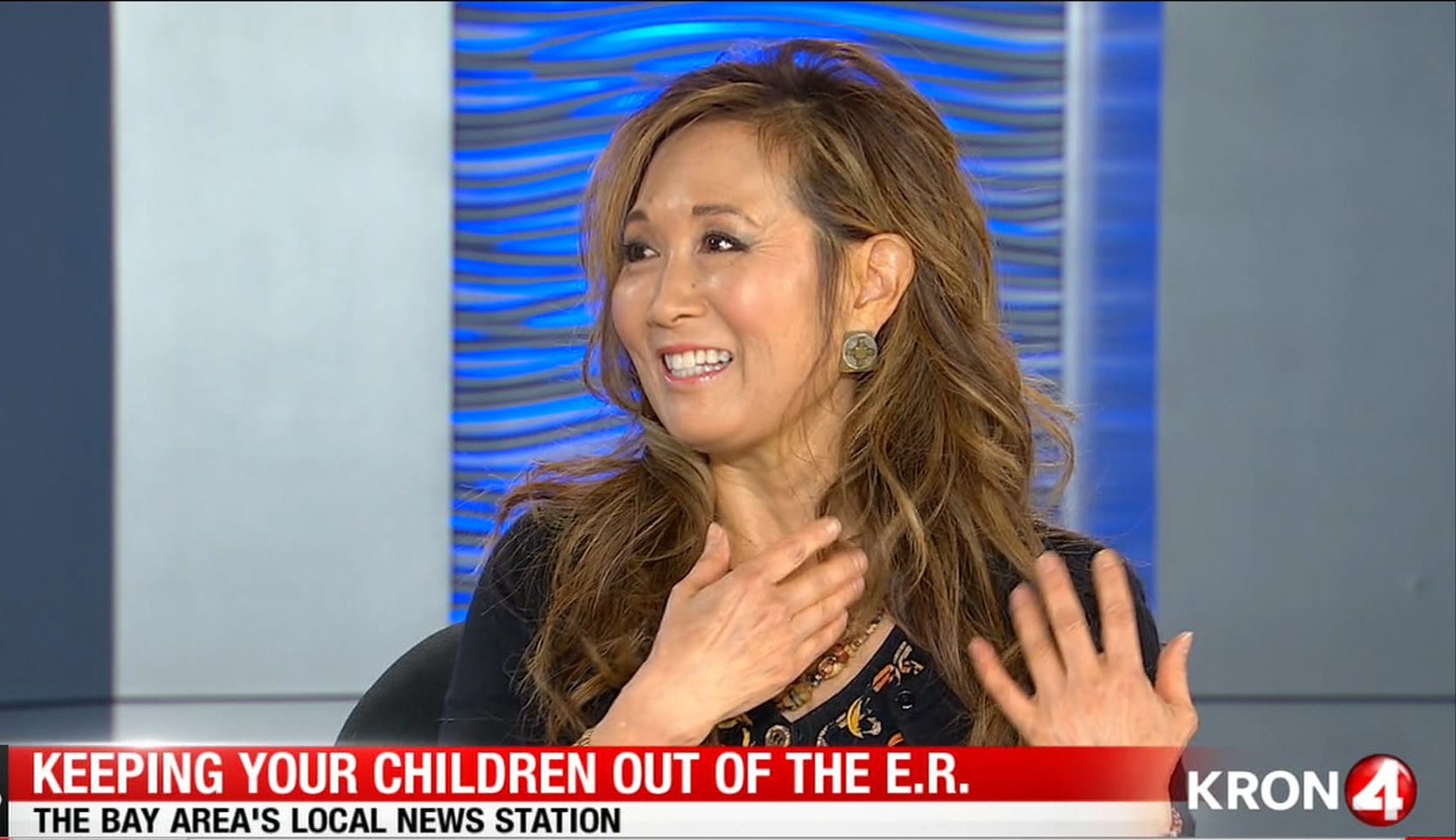
![]() Karen’s Fit Tip: Getting your kids moving comes with its inevitable share of bumps and bruises, but to sidestep the more serious injuries, a little awareness and preparation go a long way.
Karen’s Fit Tip: Getting your kids moving comes with its inevitable share of bumps and bruises, but to sidestep the more serious injuries, a little awareness and preparation go a long way.
Do your part to keep your kids healthy, safe, and smiling!

